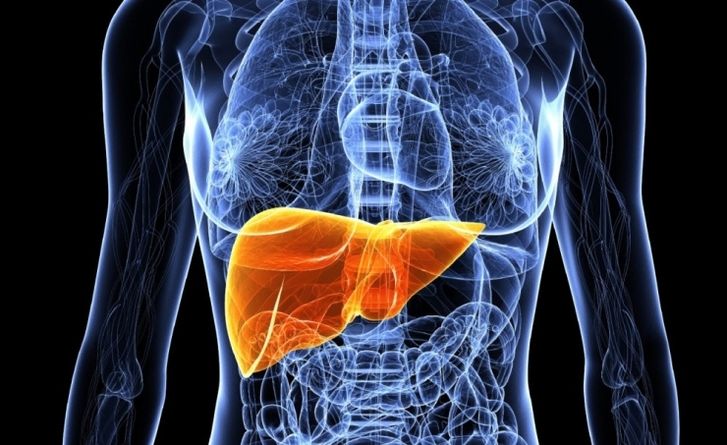If you thought 3D printing human organs was a sci-fi fantasy you’d never see in your lifetime, prepare to be shocked. We’ve already seen basic layers of liver cells printed, with the created liver surviving for almost a month. But because of a lack of vascular system they weren’t useful long term. Now that's changed.
Organovo, a 3D organ printing specialist, says it has overcome the problem of creating a blood supply to the organ with a system of veins and arteries. It believes that its previous success of keeping a liver alive for 40 days will be beaten in 2014, thanks to this vascular system it can now print.
READ: 3D printed liver is here and it can survive for up to 40 days
With a $1 million prize for the first organisation to create a working 3D-printed liver, the race to get it done this year is definitely on. Printing at 500 microns thick (about five pieces of paper) and using fibroblasts and endothelial cells for the vascular system, Organovo isn’t far off.
Developing and testing new drugs is currently costing $1.2 billion and takes 12 years for each drug. Using printed tissue could make it far cheaper and much quicker. On top of that the possibility for printing 3D organs from an individual’s own stem cells would mean they wouldn’t have to take drugs their entire life, as most do now, to stop their body rejecting it. Plus the waiting list would be reduced and many lives could be saved that otherwise would be lost.
And it’s got to be said, 3D printed meat could mean a significant change for the food industry.

